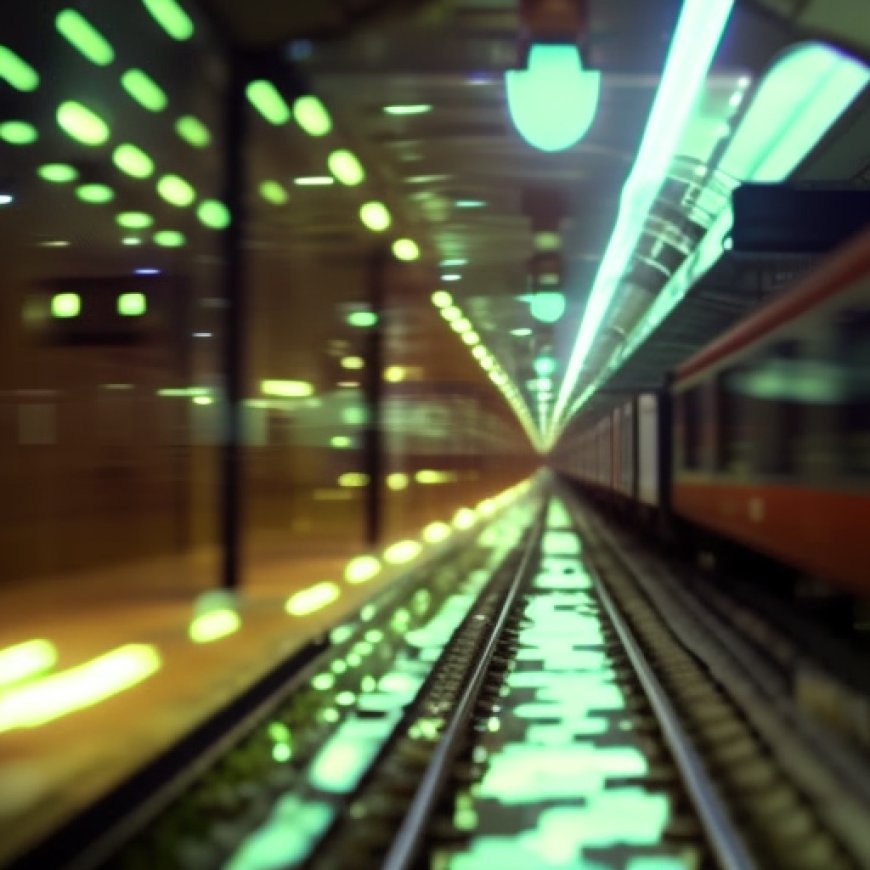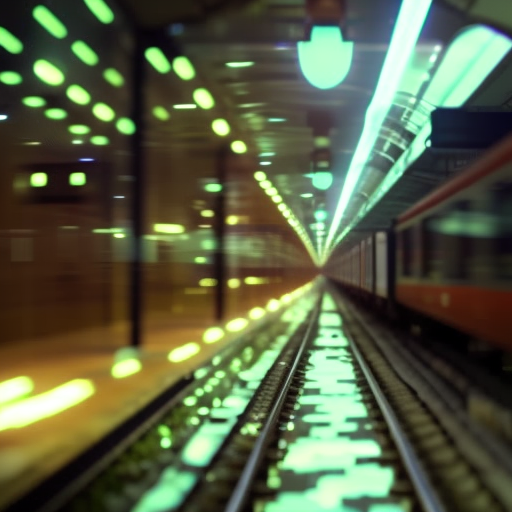Public Transit Electrification – City Light
Public Transit Electrification - City Light | seattle.gov SPD Blotter


Public Transit Electrification in Seattle
Public transit options powered by Seattle City Light’s clean electricity are accessible, affordable, and create cleaner air to breathe. Our community already enjoys several modes of electrified public transit including street cars, trolley buses, and light rail – and new electric buses, electric ferries and other public modes of transportation are continuing to expand.
During the development of our Transportation Electrification Strategic Investment Plan (TESIP), we learned through community outreach that electrifying public transit was the top priority of Seattle’s Black, Indigenous and People of Color, immigrant, refugee, and low income communities who experience the most health and environmental harms from gas and diesel-powered vehicle emissions.
In response Seattle City Light has developed close partnerships with transit agencies (such as King County Metro and Sound Transit) working together to co-plan for the long-term electrification of Seattle’s public transit needs. Together, we will widely and equitably extend the benefits of electric public transit to everyone.
Transitioning to a Zero-Emissions Bus Fleet

City Light has served as a long-term partner to King County Metro in its goal to operate a zero-emissions fleet of battery-operated, fixed-route buses by 2035, which will benefit our communities by eliminating greenhouse gas emissions and improving air quality. This partnership also aligns our shared equity commitments for environmental and climate justice.
In 2020, King County announced its purchase of next-generation, battery-electric buses, with 40 in service at the end of 2022. Transitioning to an all-electric bus fleet first requires charging infrastructure–and ensuring our electric grid has the capacity required to power it. City Light was a key partner in Metro’s test base project at its South Base location in Tukwila, supporting the infrastructure concept design and buildout, testing, and expediting electrical service. In the future, we will continue to support Metro’s growing electric bus fleet, and other modes of zero-emission transit including paratransit vans, operational fleets, and water taxis.
Charting Greener Horizons with Electrified Ferries

Did you know Washington State Ferries (WSF) is the largest emitter of greenhouse gases in our state’s transportation system? Starting in 2023, WSF will begin phasing in electric-hybrid ferries that will significantly reduce pollution on the Seattle waterfront. By 2040, ferry electrification will reduce maritime carbon emissions by 76%.
Seattle City Light is partnering with WSF to establish the first electrified ferry terminal in the region at Colman Dock. Eventually, WSF will use the same amount of energy as a large skyscraper does, to charge up multiple ferries. Electrifying the Seattle waterfront is a big challenge with even bigger energy needs, and it requires careful planning, long-term partnership (through initiatives like the Seattle Waterfront Clean Energy Strategy), and technological innovation to succeed.
Together, WSF and City Light are planning for the impacts of ferry charging and assessing solutions for energy use, management, and storage. We are also partnering with the Port of Seattle and Pacific Northwest National Laboratory (PNNL) to study and design technology and infrastructures for the waterfront grid.
Sailing toward a greener horizon, WSF plans in the future to electrify other terminals such as Fauntleroy in West Seattle for expanded, electrified ferry routes. County-run water taxis (King, Kitsap), which also operate along Seattle’s Waterfront near Colman Dock, are also exploring future vessel electrification.
SDGs, Targets, and Indicators
| SDGs | Targets | Indicators |
|---|---|---|
| SDG 3: Good Health and Well-being | Target 3.9: By 2030, substantially reduce the number of deaths and illnesses from hazardous chemicals and air, water, and soil pollution and contamination. | Indicator not mentioned in the article. |
| SDG 7: Affordable and Clean Energy | Target 7.3: By 2030, double the global rate of improvement in energy efficiency. | Indicator not mentioned in the article. |
| SDG 9: Industry, Innovation, and Infrastructure | Target 9.1: Develop quality, reliable, sustainable, and resilient infrastructure. | Indicator not mentioned in the article. |
| SDG 11: Sustainable Cities and Communities | Target 11.2: By 2030, provide access to safe, affordable, accessible, and sustainable transport systems for all. | Indicator not mentioned in the article. |
| SDG 13: Climate Action | Target 13.2: Integrate climate change measures into national policies, strategies, and planning. | Indicator not mentioned in the article. |
| SDG 17: Partnerships for the Goals | Target 17.17: Encourage and promote effective public, public-private, and civil society partnerships. | Indicator not mentioned in the article. |
Behold! This splendid article springs forth from the wellspring of knowledge, shaped by a wondrous proprietary AI technology that delved into a vast ocean of data, illuminating the path towards the Sustainable Development Goals. Remember that all rights are reserved by SDG Investors LLC, empowering us to champion progress together.
Source: seattle.gov

Join us, as fellow seekers of change, on a transformative journey at https://sdgtalks.ai/welcome, where you can become a member and actively contribute to shaping a brighter future.







